Back to Courses
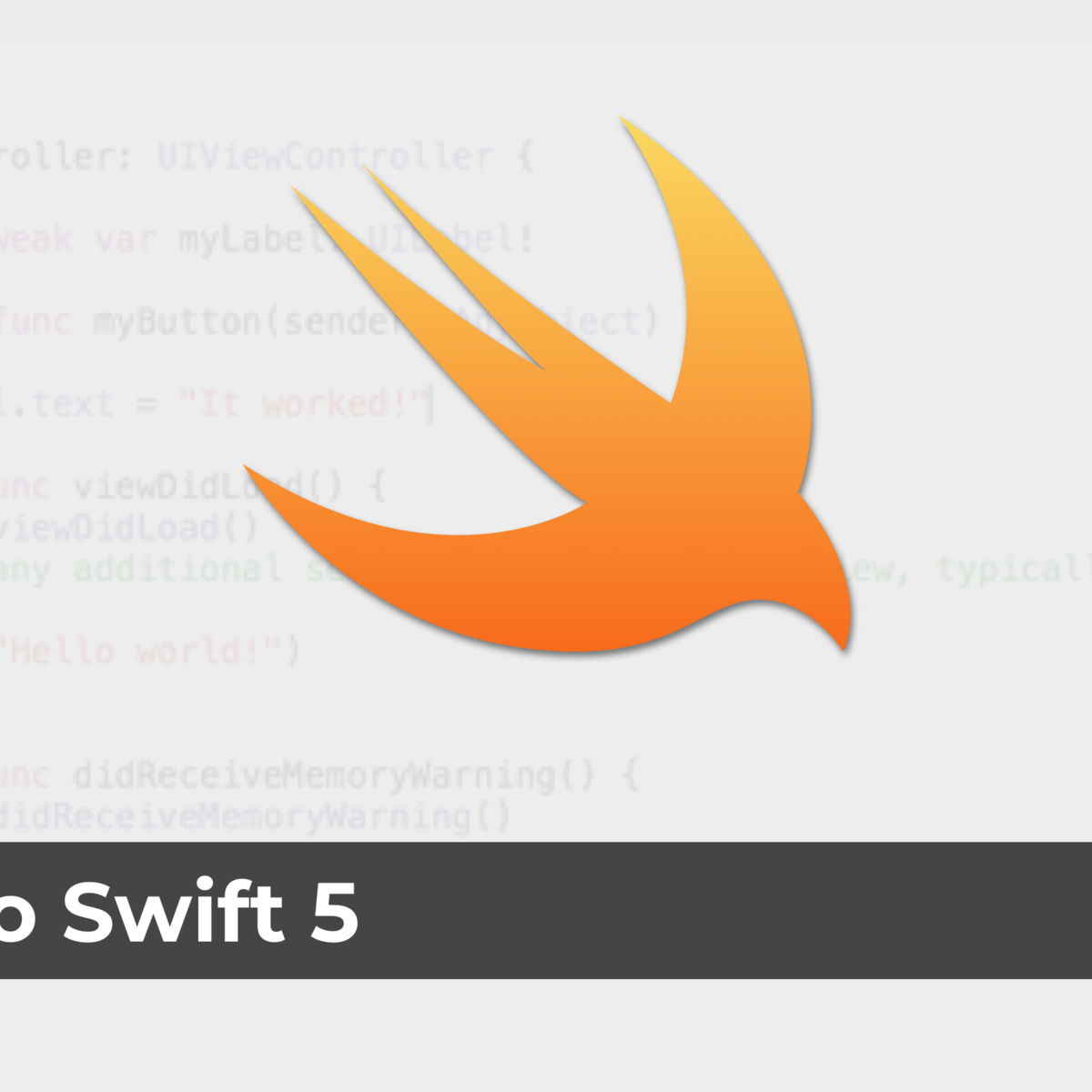
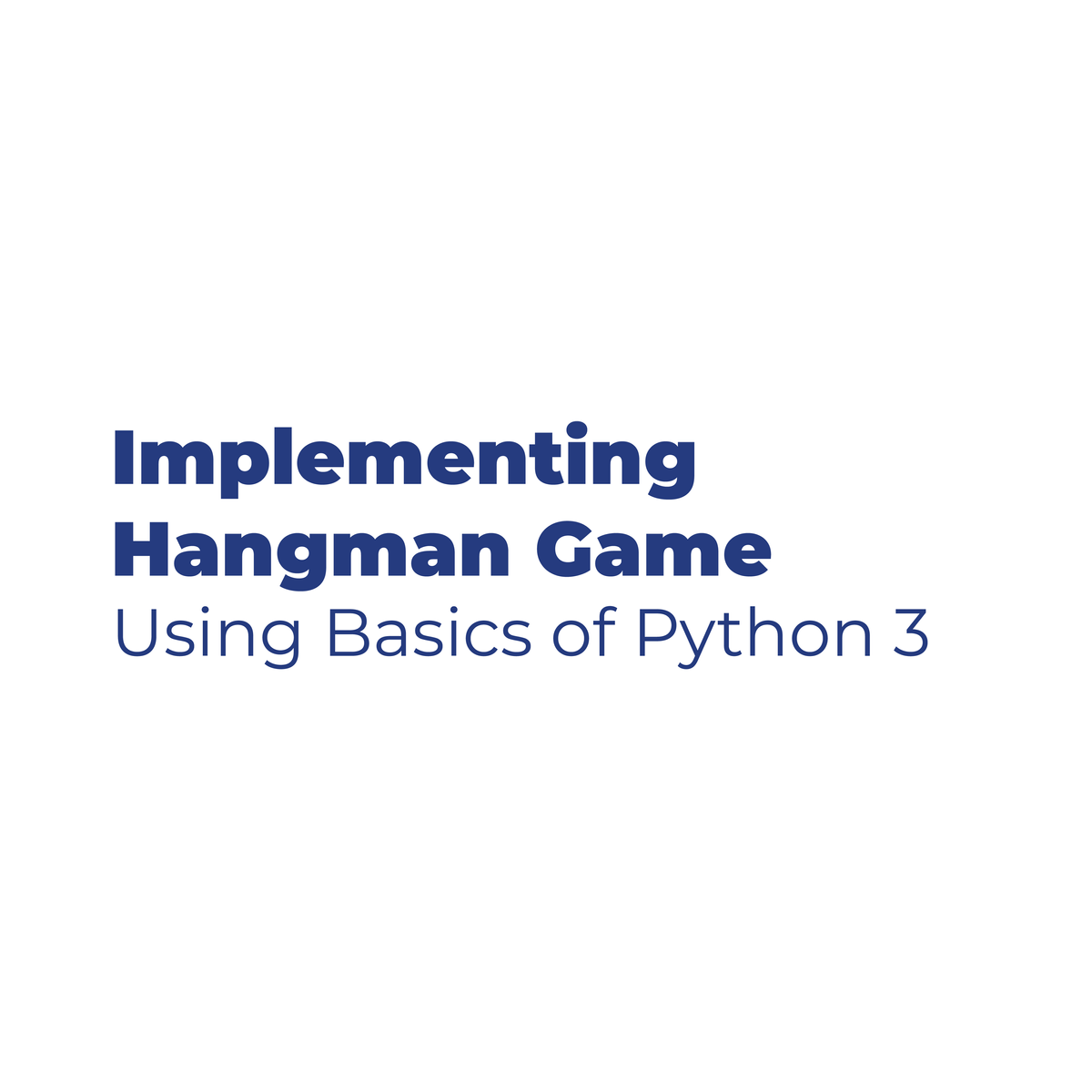
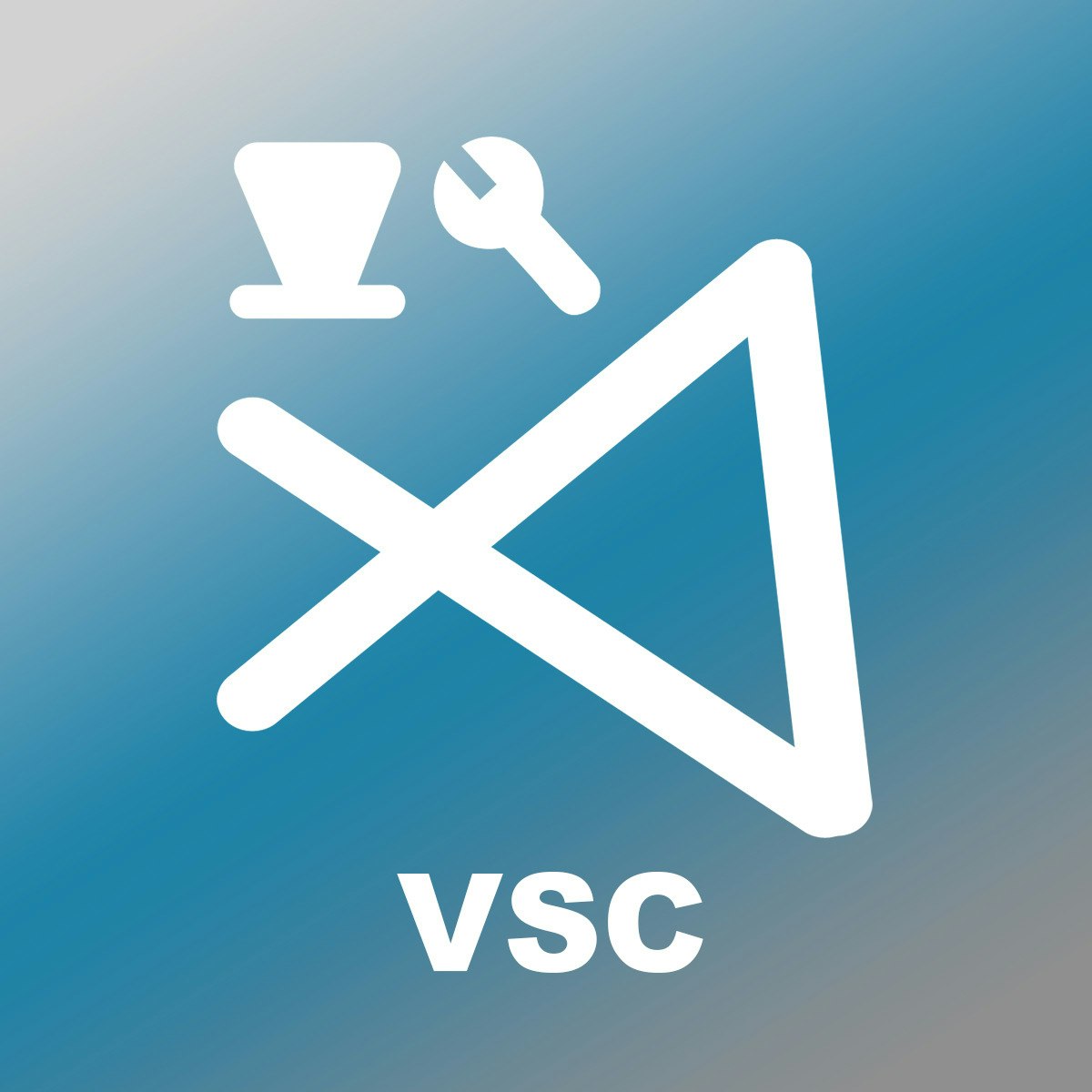


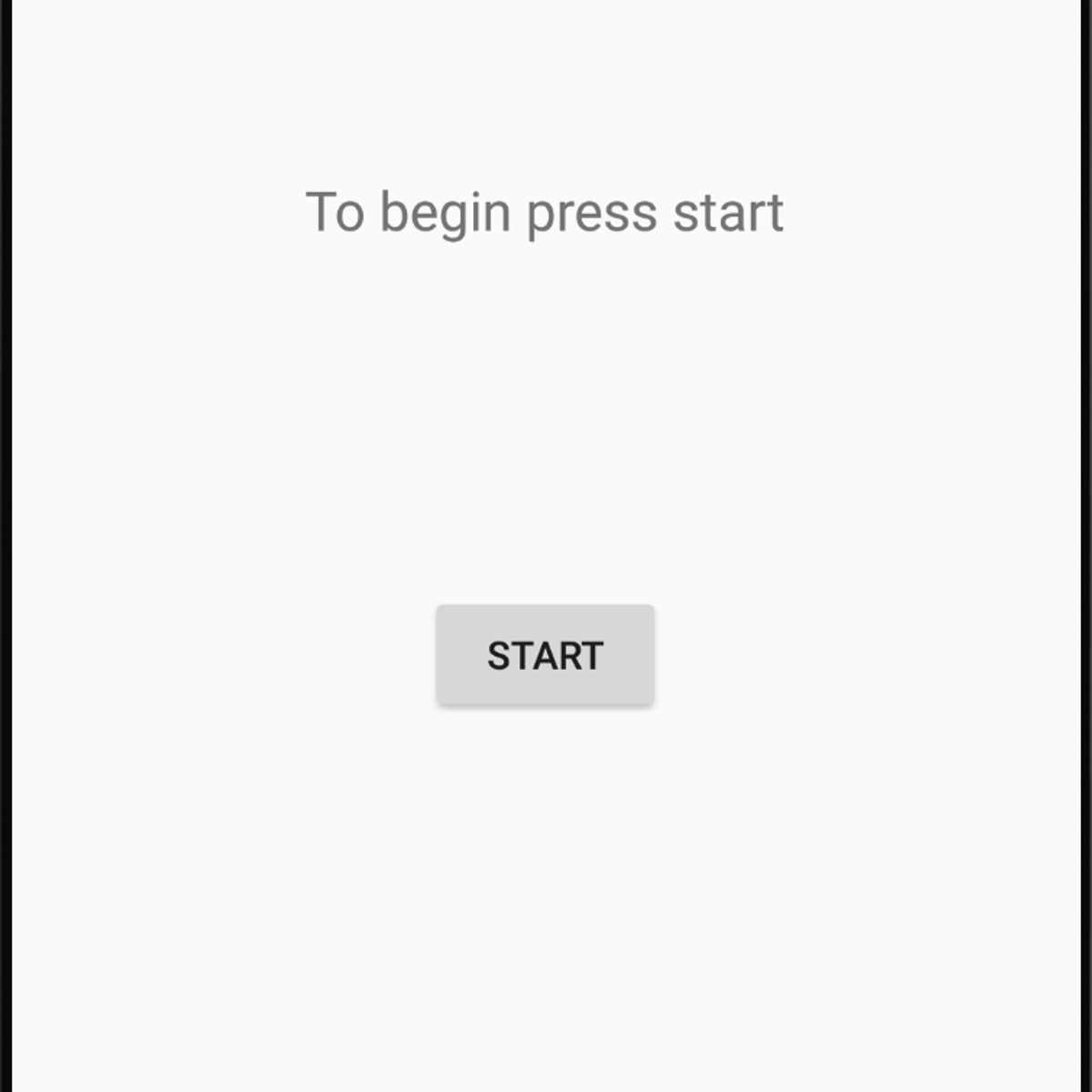

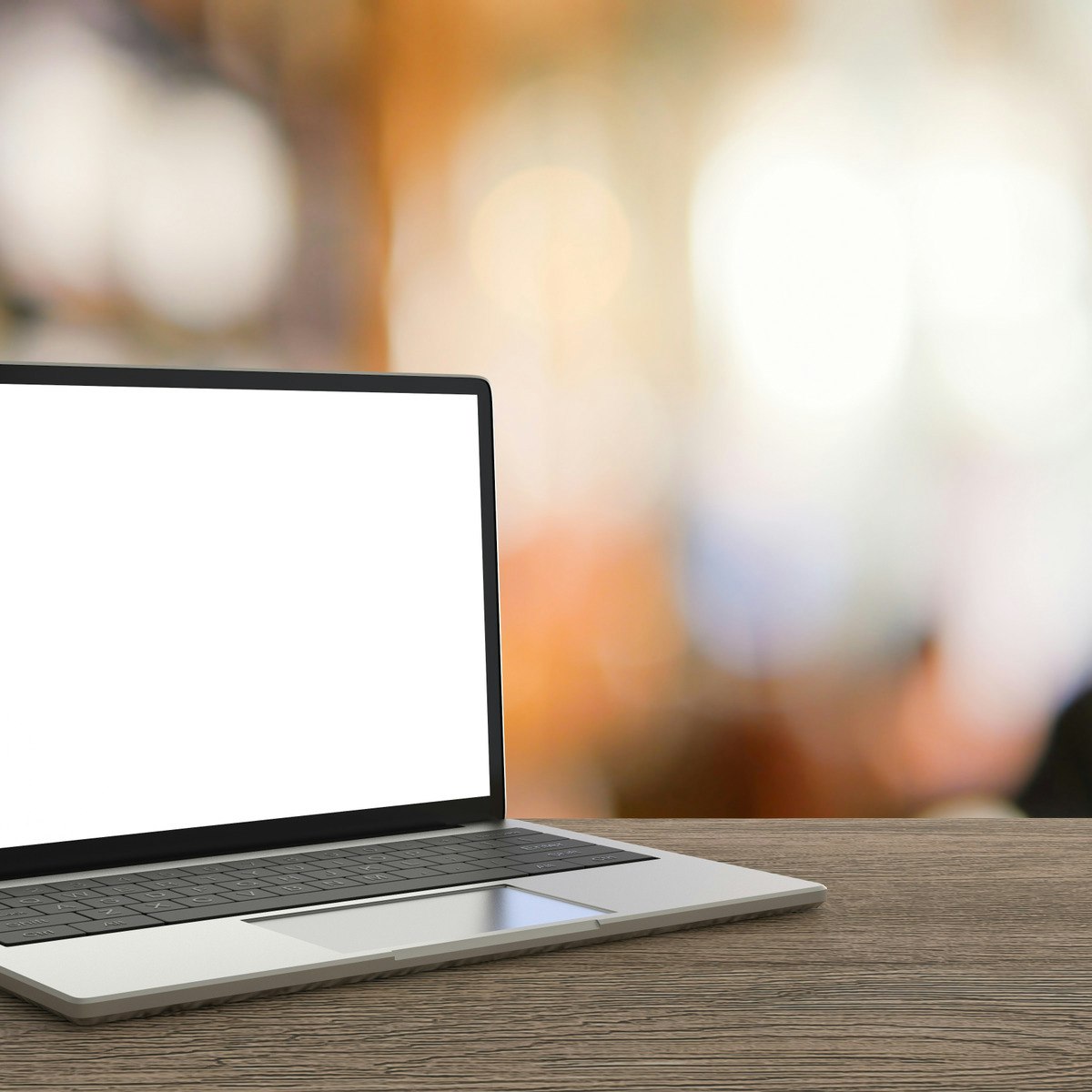

Mobile And Web Development Courses - Page 30
Showing results 291-300 of 456

JavaScript Basics
This course introduces the programming language JavaScript and shows the websites that include the type of interactions students will eventually be able to develop. Learners will understand the importance of how JavaScript was developed and why such history impacts the way JavaScript is currently written and in future releases.
Learners will write their first scripts, have their HTML and CSS skills assessed, create variables and arrays and assign values to them. If student’s skills are lacking, resources and recommendations are provided to improve these skills. There is ample opportunity for students to practice these first, core skills.

Introduction to Programming in Swift 5
Welcome to Introduction to Programming in Swift 5.
In this course we will introduce you to the absolute basics of the Swift programming language. Whether you are a brand new programmer or have experience with other programming languages this course is for you.
Some of the things you will learn in this course are:
• An Introduction to Swift 5 programming concepts
• Installing the necessary tools
• Working with data such as Integers and Strings
• Creating reusable code with functions
• Working with data constructs such as arrays and dictionaries
• Object-oriented programming
• Model View Controller
By the end of this course you will know how to build simple programs with the Swift programming language and you will be ready to learn iOS mobile development.

Implementing Hangman Game Using Basics of Python 3
In this 1-hour long project-based course, you will learn how to get input from the user and then display it in a separate line and use different data types to store the variables in them. You will also be able to use the if conditions to let the program make decisions whether the player guessed a correct character or not and keeping track that the number of turns is not zero. In addition, you will be able to implement the definite type of loops, that will be used to continue the game. By the end of the project, you will get to know and implement recursive function, that will help having a more user friendly game.
Note: This course works best for learners who are based in the North America region. We’re currently working on providing the same experience in other regions.

Configuring the Java Extension Pack with Visual Studio Code
In this 1.5 hour guided project, you will learn how to get up and running with Visual Studio Code for Java development. We will install the Java Extension Pack together and go through the common configuration issues in order to compile, debug, run, and manage Java projects in Visual Studio Code. Topics covered include: Installation, debugger, language support, project manager, and multiple JDK support. Basic development knowledge with Java is required.

Configuring Kotlin for Android with IntelliJ IDEA
In this 1.5 hour guided project. I will show you how to configure IntelliJ IDEA, an integrated development environment for Android development using Kotlin. We will cover Software development kits, Java Development kits, and additional plugins. Basic knowledge of the Kotlin languages is helpful but not required for this project.

Oracle Database Platform
This course is designed to help you learn how to navigate the Oracle Database environment. Both GUI and command-line tools will be introduced to allow you to work with the Oracle Database.
It is recommended that you complete the first course in this specialization, Oracle Database Foundations, before continuing to this second course.

Build an App in Android Studio using Read-Write
In this project you will build an Android app that creates text files in internal storage when needed, will write to those files, and will read from those files. The app will also interact with text files, images, strings, and a string array that are saved as resources in the project (can be accessed by reference throughout the app). This app will have a piece of text (from the strings file) asking the user to select the name of an author from a spinner (a type of drop down menu where the user selects from a set of options - from the strings file). There will be an image (ImageView) below the spinner which will change (from the drawable directory) to match whichever author the user selects. Beneath this will be a piece of text (TextView) with the name of a book and the year it was published (from the strings file) which will change to match the selected author. There will be another piece of text (TextView) which will contain an appropriate quote (read from the appropriate text file in a raw directory) from the named book Below this quote will be two buttons, one with "Read Review" on it, and the second with "Submit Review" on it. When the user clicks the "Read Review" button a TextView will appear containing a the previously submitted review (if one exists). The user will also be given the option to "Submit Review" whiich when clicked gives access to an imput box (EditText) into which a review can be typed. When a "Submit" button is then clicked this review is written to a text file in internal storage (not resources) to a review file for that author. If the file does not exist then the app will create the file first, then write the review to it. When the user closes the app the program will remember the final choice made by the user in their previous visit. When launched the app will also read all information in the review files in internal storage and bring the reviews into the app for use. You will upload an APK of the app to a website called Appetize.io to test the app.
Projects in Series 1:
1. Build a Simple App in Android Studio with Java
2. Build a Persistent Storage App in Android Studio
3. Build a Linear Layout App in Android Studio
4. Build a Relative Layout App in Android Studio
5. Build a Table Layout App in Android Studio
Projects in Series 2:
1. Build an App in Android Studio using Resources
2. Build an App in Android Studio using Static Files
3. Build an App in Android Studio using Read - Write
4. Build an App in Android Studio using onTouch
5. Build an App in Android Studio using Activities

Programming Languages, Part B
[As described below, this is Part B of a 3-part course. Participants should complete Part A first -- Part B "dives right in" and refers often to material from Part A.]
This course is an introduction to the basic concepts of programming languages, with a strong emphasis on functional programming. The course uses the languages ML, Racket, and Ruby as vehicles for teaching the concepts, but the real intent is to teach enough about how any language “fits together” to make you more effective programming in any language -- and in learning new ones.
This course is neither particularly theoretical nor just about programming specifics -- it will give you a framework for understanding how to use language constructs effectively and how to design correct and elegant programs. By using different languages, you will learn to think more deeply than in terms of the particular syntax of one language. The emphasis on functional programming is essential for learning how to write robust, reusable, composable, and elegant programs. Indeed, many of the most important ideas in modern languages have their roots in functional programming. Get ready to learn a fresh and beautiful way to look at software and how to have fun building it.
The course assumes some prior experience with programming, as described in more detail in the first module of Part A. Part B assumes successful completion of Part A.
The course is divided into three Coursera courses: Part A, Part B, and Part C. As explained in more detail in the first module of Part A, the overall course is a substantial amount of challenging material, so the three-part format provides two intermediate milestones and opportunities for a pause before continuing. The three parts are designed to be completed in order and set up to motivate you to continue through to the end of Part C.
Week 1 of Part A has a more detailed list of topics for all three parts of the course, but it is expected that most course participants will not (yet!) know what all these topics mean.

How to use the Frame Tool in Adobe Photoshop
Learners will become familiar with Photoshop’s frame tool. They will learn how to place images inside frames contained within images, shapes, and text. They will also become familiar with clipping masks when frames need to be placed into a complicated image.

Programming Mobile Applications for Android Handheld Systems: Part 1
This course introduces you to the design and implementation of Android applications for mobile devices. You will develop an app from scratch, assuming a basic knowledge of Java, and learn how to set up Android Studio, work with various Activities and create simple user interfaces to make your apps run smoothly.
Popular Internships and Jobs by Categories
Find Jobs & Internships
Browse
© 2024 BoostGrad | All rights reserved